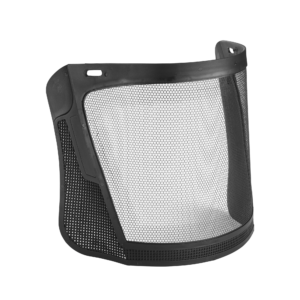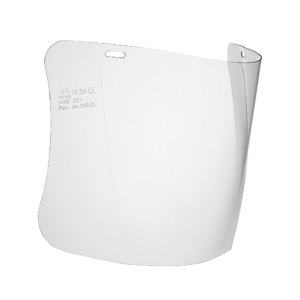Ensuring safety in hazardous work environments hinges heavily on the effective use of personal protective equipment (PPE). Amongst the plethora of safety gear, hard hats, often considered the quintessential symbol of PPE, play a pivotal role in safeguarding workers from serious head injuries. However, many workers and employers are unsure about the lifespan of these critical safety tools. So, let’s unravel the answer to the question, “how long do hard hats last?” and dive deeper into what influences their longevity.
Understanding Hard Hats
Before we explore the lifespan of hard hats, it’s crucial to comprehend their composition and purpose. Hard hats are typically made of materials like high-density polyethylene or thermoplastic resin, which are designed to endure impacts and protect the user’s head. They serve to shield against falling objects, impact with other objects, debris, rain, and electrical shocks.
Despite their robust build, hard hats aren’t invincible. Just like any other piece of equipment, they wear down over time, and their protective qualities diminish.
Typical Lifespan of Hard Hats
Manufacturers and safety organizations generally advise that hard hats should be replaced every 2-5 years, counting from the date of manufacture. The variability in the lifespan accounts for the level of use and the specific conditions under which the hat is used.
However, it’s essential to remember that this is a guideline, not a rigid rule. Several factors can affect the lifespan of your hard hat.
Factors Affecting Hard Hat Lifespan
- Physical Damage: Hard hats are designed to withstand a substantial amount of impact. However, the cumulative effect of hits and falls can lead to the deterioration of the material, compromising its protective capabilities. Visible signs of damage, such as cracks, dents, or any form of penetration, should never be ignored. If you notice any of these signs, replace your hard hat immediately.
- Environmental Conditions: Hard hats are often exposed to harsh environmental conditions. Extended exposure to sunlight can cause UV degradation, heat can warp the material, cold can make it brittle, and certain chemicals can corrode it. Hard hats subjected to such extreme conditions may need to be replaced more frequently than those used in more benign environments.
- Normal Wear and Tear: Like any other piece of equipment, hard hats undergo normal wear and tear over time. Discoloration, fading, brittleness, or any changes in the hat’s form could signal a degradation in the hat’s protective abilities. Moreover, the suspension system inside the hat, responsible for absorbing the shock of an impact, also wears out over time. This wear and tear can significantly compromise the hat’s effectiveness.
- Alterations or Modifications: Any modifications, such as drilling holes for ventilation, painting the hat for personalization, or applying certain stickers, can affect the integrity and longevity of the hard hat. Before making any alterations, always consult the manufacturer’s guidelines.
How to Check Your Hard Hat’s Lifespan
The easiest way to keep track of your hard hat’s age is to refer to the manufacture date, usually printed or embossed on the inside of the hat. However, remember that the stated lifespan is just a guideline, and your hard hat may need replacement sooner depending on its usage conditions.
To ensure maximum protection, adopt a routine inspection of your hard hat before each use. Look for signs of wear and tear like dents, cracks, fraying or cut straps, and other damages. If the hard hat shows any of these signs, it’s time to consider a replacement.
The Importance of Proper Hard Hat Maintenance
Proper maintenance can prolong the lifespan of your hard hat. Clean it regularly with warm water and mild soap, and store it in a cool, dry place away from direct sunlight. Avoid contact with chemicals and never carry or alter it unnecessarily. By following these simple steps, you can optimize the lifespan and effectiveness of your hard hat.
Conclusion
While hard hats are robust and durable, they’re not indestructible or everlasting. Their lifespan, typically estimated between 2-5 years, can be influenced by various factors, including environmental conditions, physical damage, normal wear and tear, and modifications. To guarantee your safety, it’s essential to regularly inspect your hard hat and replace it when necessary.
Remember, when it comes to personal protection equipment, your safety is paramount, and your hard hat is a critical part of that equation. Being aware of its lifespan and maintaining it properly can make all the difference in ensuring a safe working environment.



